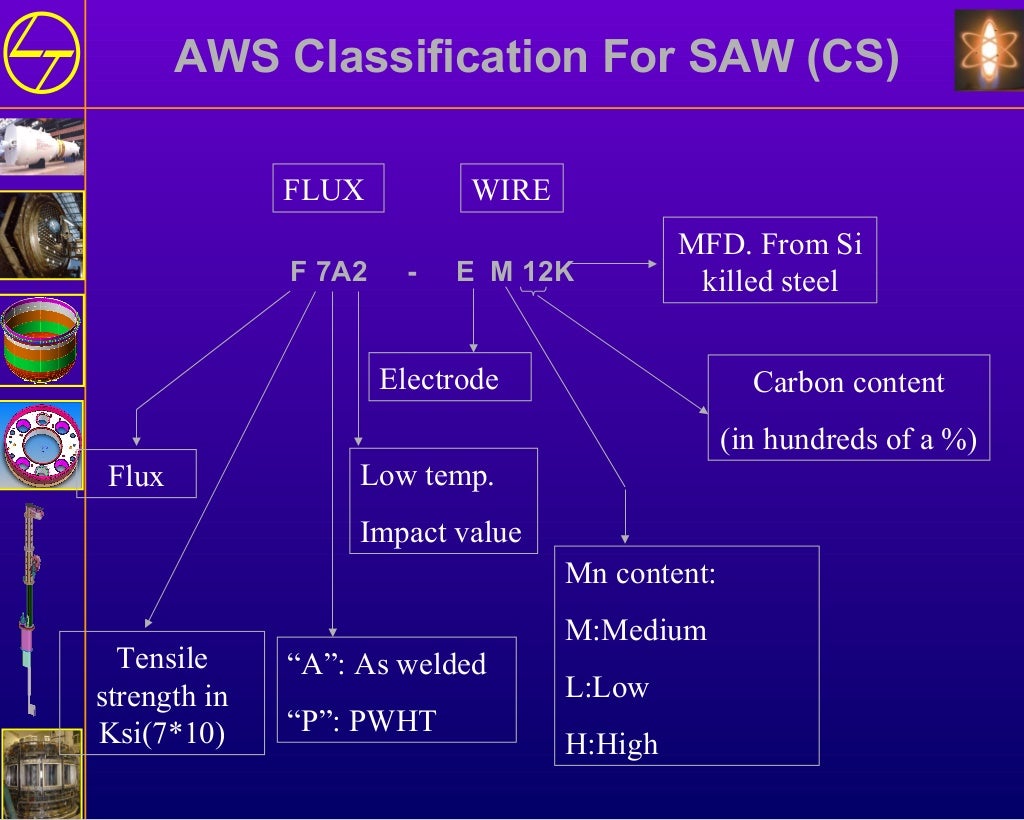
Codes and standards organizations – ASME, ASTM, ISO, API, ANSI, EN.Hoop and radial stresses in vessels and piping.Review of General Engineering Principles.Highlights of the standards referenced in the codes such as the B16 series will also be coveredĬourse Content: Unit 1: Overview of Pressure Equipment and Piping and Related Codes and Standards:.Overview of ASME B31 Code for Pressure Piping books B31.1, B31.3, B31.4, B31.8, B31.8S, and B31G with particular emphasis on B31.3 – Process Piping.Overview of ASME Boiler and Pressure Vessel Code (BPVC) Sections I, II, V, VIII, and IX with particular emphasis on the widely used Section VIII Division 1.‘to be seen to be doing the right thing’. Provide an understanding of Due Diligence in design i.e.Ensure the understanding that Codes developed by standards committees, such as the ASME, rely on the use of sound engineering practices by knowledgeable engineers.Explain the code applications for different industries and who is responsible for selecting the appropriate code.Show how and where the codes are to be applied.Provide a clear understanding of the intent and requirements of the codes, including terminology and interpretations.Understand what, where, when, and how to use various ASME codes.


The design covers material selection, stress analysis, fabrication, testing, inspection, operation and failure analysis, codes, standards, and regulations. Pressure equipment designs are performed in compliance with applicable Regulations, Codes, and Standards and follow sound engineering practices to ensure structural integrity and safeguard public safety. Pressure vessels and piping store energy and potentially hazardous fluids and thus have inherent safety risks. Pressure equipment such as boilers, pressure vessels, heat exchangers, pressure piping, and associated safety equipment are widely used in many industries (e.g., hydrocarbon processing, chemical, power, pharmaceutical, and manufacturing).


 0 kommentar(er)
0 kommentar(er)
